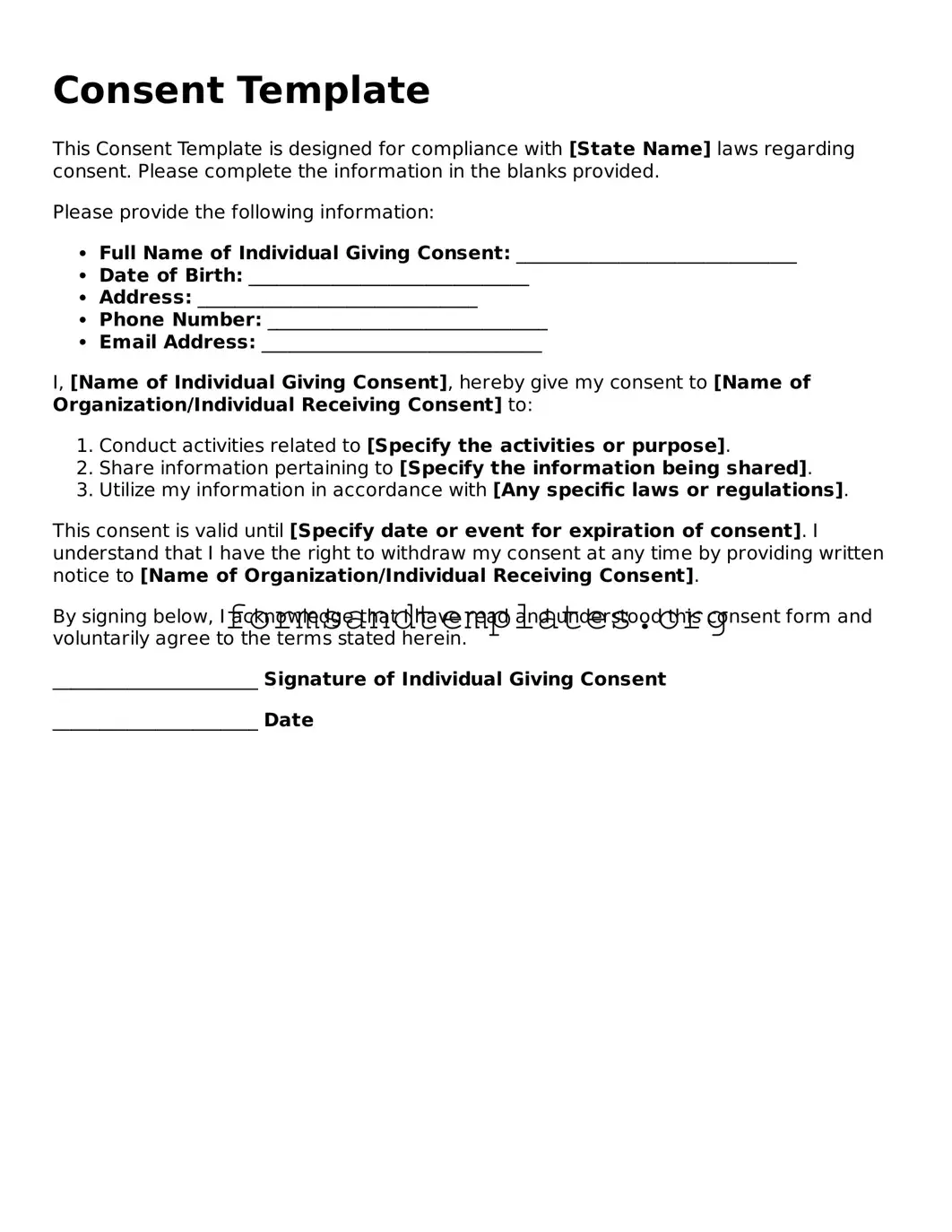A consent form is a document that outlines the permissions granted by an individual for a specific action or purpose. It is often used in medical, legal, and research contexts to ensure that individuals understand what they are agreeing to and the implications of their consent.
Consent forms are crucial for several reasons:
-
They protect the rights of individuals by ensuring they are informed.
-
They provide legal protection for organizations by documenting consent.
-
They help establish trust between parties by promoting transparency.
Generally, anyone whose information, participation, or rights are being affected should sign a consent form. This can include patients in a medical setting, participants in a research study, or clients in a legal agreement.
A comprehensive consent form should include:
-
The purpose of the consent.
-
A clear explanation of what the individual is consenting to.
-
Any potential risks or benefits associated with the action.
-
Contact information for questions or concerns.
-
A statement about the right to withdraw consent at any time.
How is consent obtained?
Consent can be obtained verbally or in writing, but written consent is often preferred for clarity and legal purposes. It is essential to ensure that the individual fully understands the information provided before signing.
Yes, individuals have the right to revoke their consent at any time. It is important to communicate this right clearly in the consent form and to provide a straightforward process for revocation.
If an individual chooses not to sign the consent form, they may not be able to participate in the activity or receive the service outlined in the document. It is crucial to inform them of the consequences of not providing consent.
Yes, there are various types of consent forms tailored to specific situations. Some common types include:
-
Medical consent forms
-
Research consent forms
-
Parental consent forms for minors
-
Release forms for media or promotional use
In most cases, a properly executed consent form is considered legally binding. However, the enforceability can depend on factors such as the clarity of the information provided and whether the individual had the capacity to consent.
To ensure the validity of a consent form, follow these best practices:
-
Use clear and straightforward language.
-
Provide all necessary information without overwhelming the individual.
-
Ensure that the individual is of legal age and competent to consent.
-
Allow ample time for questions and understanding before signing.
